



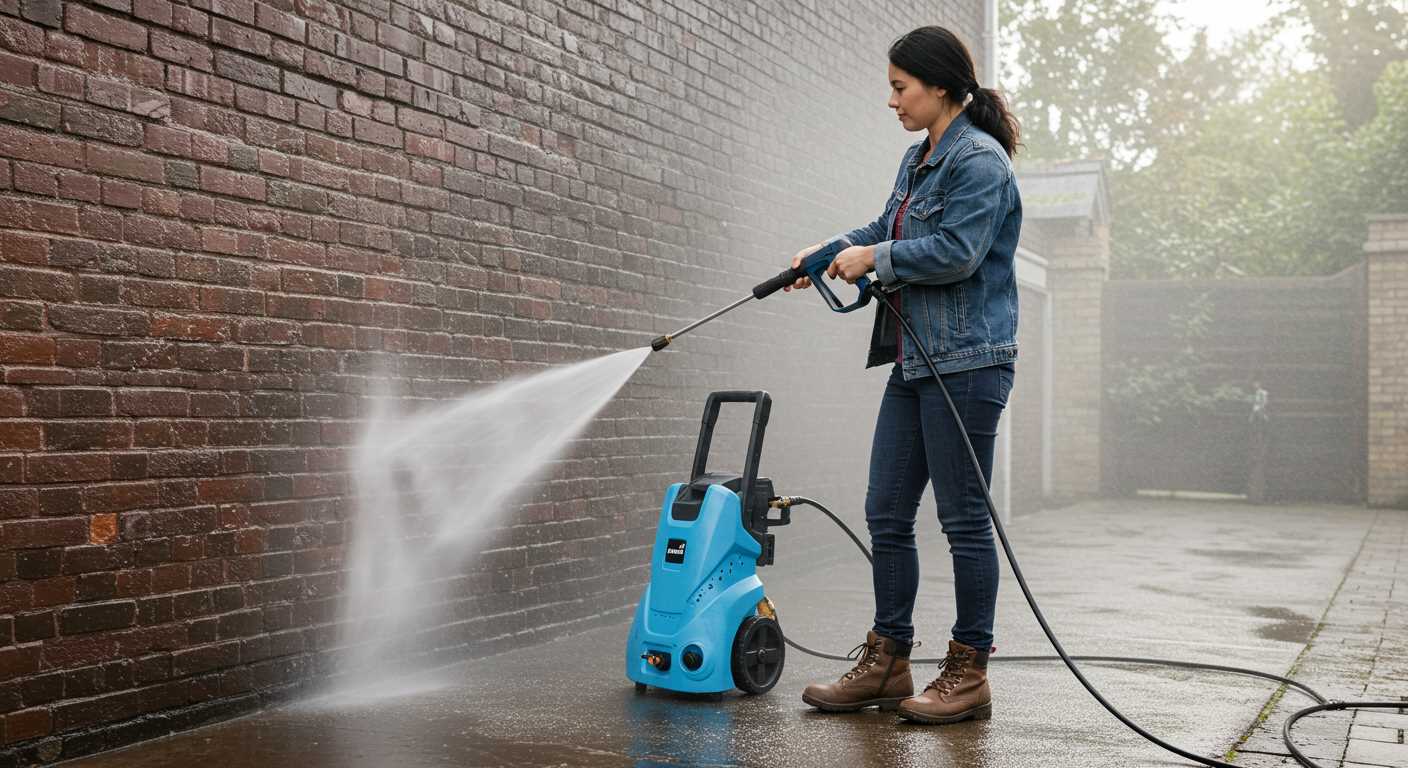
Begin by checking the water supply. Ensure the hose is free from kinks and the inlet filter is clean. A blocked filter can disrupt flow, leading to inconsistent performance. I once encountered a similar issue with a unit that seemed to have a mind of its own; a simple cleaning of the filter resolved the problem instantly.
Next, inspect the nozzle. If it’s partially blocked or worn out, it can cause erratic behaviour. I remember a time when a customer’s machine was pulsing due to a clogged nozzle. Replacing it made the machine run smoothly again; the difference was astonishing.
Don’t forget to examine the unloader valve. This component regulates the pressure and is often overlooked. A malfunction here can lead to pressure spikes. After a thorough cleaning and adjustment on another model, I witnessed a complete turnaround in its operation. It’s worth taking the time to check this part as it can be the key to restoring consistent performance.
Lastly, ensure that the engine or motor is functioning properly. An engine that’s not running at full capacity may struggle to maintain consistent pressure. I’ve seen engines that needed a simple tune-up transform the usability of the entire unit. Regular maintenance checks can save headaches down the line.
Addressing Fluctuations in Water Pressure
Check the water supply first. Ensure the inlet is fully open and free of obstructions. A consistent flow is crucial; even a partially closed valve can cause erratic performance. I’ve encountered situations where a simple kink in the hose led to significant fluctuations. Regularly inspect hoses for any signs of wear or damage that might restrict water flow.
Inspecting the Unloader Valve
The unloader valve plays a key role in regulating pressure. If it’s stuck or malfunctioning, it can cause unpredictable pressure levels. Clean or replace the valve if you notice any blockages or corrosion. I once had a unit that surged heavily, and upon inspection, a small piece of debris in the unloader valve was the culprit. A quick clean restored stable operation.
Cleaning the Filter and Nozzle
A clogged filter or nozzle can lead to inconsistent output. Regular maintenance is vital–clean the filter and check the nozzle for blockages. I recommend using a needle or a soft brush for nozzles. In one instance, I found that a build-up of grime in the nozzle of a frequently used machine had caused significant pressure issues. A thorough cleaning resolved the problem immediately.
| Potential Issues | Solutions |
|---|---|
| Water supply issues | Ensure full valve opening and check hoses for kinks |
| Unloader valve malfunction | Clean or replace the valve if necessary |
| Clogged filter/nozzle | Clean filter and nozzle regularly; use appropriate tools |
By maintaining these components, you can achieve a steady and reliable operation, preventing erratic pressure fluctuations and enhancing overall performance.
Identify Symptoms of a Surging Cleaner
Observing erratic performance? Watch for these telltale signs. The first is an inconsistent spray pattern. If the stream wavers between weak and powerful, it’s a clear indication something’s amiss. Secondly, listen for unusual sounds. A rhythmic chugging or sputtering noise often suggests fuel or air issues within the system.
Pressure Fluctuations
Another symptom is noticeable pressure fluctuations. If you notice the output varying significantly during operation, it could point to problems with the pump or clogged filters. Lastly, keep an eye on the water flow. Reduced flow rates can signal blockages in hoses or nozzles, contributing to erratic behaviour. Addressing these symptoms early can prevent more significant complications down the line.
Fuel and Fluid Levels
Also, check your fuel and fluid levels regularly. A low fuel tank or inadequate oil supply can lead to performance drops. If the engine is stalling or failing to start, these are often the first areas to investigate. Regular maintenance checks on these aspects can help maintain smooth operation.
Check the Water Supply for Blockages
Ensure the water source is clear and flowing freely. I recall a time when I encountered persistent issues with an electric unit. The culprit turned out to be a simple blockage in the garden hose, which significantly restricted water flow. Regularly inspect hoses for kinks, cracks, or any obstructions that may impede water supply.
Inspect the Hose and Connections
Examine all connections and fittings for leaks or debris. If there’s a build-up of dirt or sediment in the filter or the inlet screen, it can prevent adequate water flow. Cleaning these components can often resolve issues. I’ve often found that a quick rinse under running water does wonders for clearing out stubborn blockages.
Check the Water Source
Verify that your tap is providing sufficient pressure. Sometimes, municipal water supply issues can arise, affecting performance. If you’re using a rainwater tank or similar source, ensure it’s filled and clean. For tougher cleaning tasks, consider using pressure washer soap for concrete to enhance cleaning efficiency.
Taking these steps can significantly improve performance and prevent frustrating interruptions in your cleaning tasks. Remember, keeping the water supply clear is key to optimal operation.
Inspect the Inlet Filter for Dirt and Debris
Begin by checking the inlet filter. A clogged filter can impede water flow, resulting in inconsistent performance. Remove the filter from the inlet and examine it closely for any blockages. If you notice dirt or debris, clean it with water or replace it if it’s damaged. During my years in the cleaning equipment industry, I encountered many instances where a simple filter cleaning resolved major issues.
Steps to Clean the Inlet Filter
First, ensure the machine is turned off and disconnected from the power source. Next, remove the filter carefully, taking care not to damage it. Rinse it under running water, using a brush if necessary to remove stubborn particles. After cleaning, let it dry completely before reinstallation. Regular maintenance of this component can save time and prevent more significant problems down the line.
Signs of a Clogged Filter
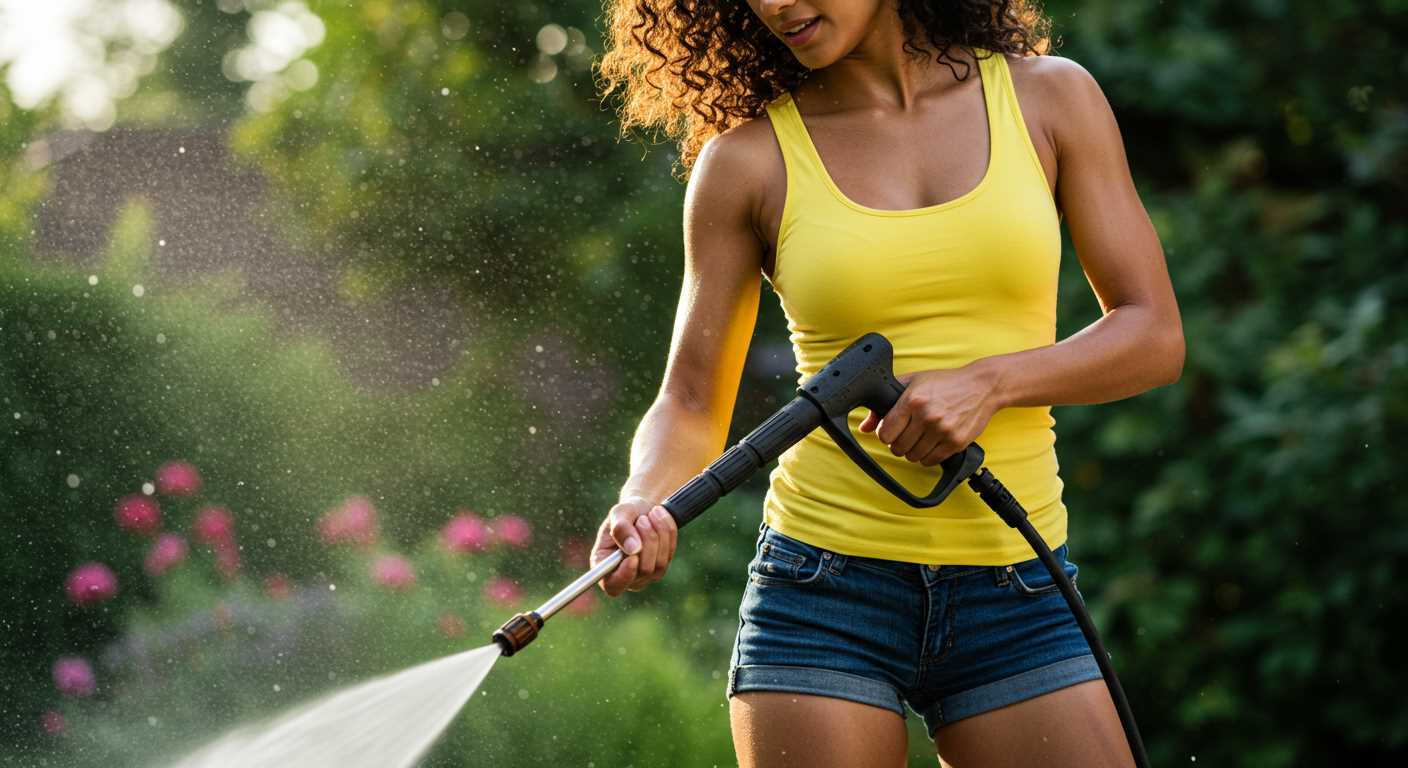
If you notice fluctuations in pressure or a decrease in water flow, it may indicate that the filter needs attention. In my experience, customers often overlook this step, thinking that performance issues stem from more complex problems. Keeping an eye on this small yet significant part can greatly enhance the longevity and reliability of your equipment.
Examine the pressure washer hoses for leaks
Inspecting the hoses is a critical step that often gets overlooked but can significantly impact performance. Begin by visually checking both the high-pressure and inlet hoses for any signs of wear, cracks, or fraying. A small leak can cause a dramatic drop in water pressure and lead to inconsistent operation.
- Run your fingers along the length of the hoses, feeling for any abnormalities or soft spots.
- Look for water stains or puddles around connection points, which can indicate a leak.
- Pay attention to areas where the hose bends or kinks, as these are common failure points.
If you suspect a leak, the next step is to perform a water test. Connect the hoses and turn on the water supply without starting the machine. Watch closely for any dripping or spraying. If you find a leak, you may need to replace the affected section of the hose or the entire hose, depending on the severity.
During my time in the industry, I came across many instances where a simple hose replacement solved persistent issues. One customer had ongoing performance problems that seemed to stem from multiple sources. After examining the hoses closely, we discovered a hairline crack that was almost invisible. Replacing the hose brought everything back to normal.
Always ensure that the fittings are tightly secured to avoid any leaks at the connections. A little maintenance can save you from headaches down the line.
Assess the pump oil level and condition
Regularly checking the oil level in the pump is critical for optimal performance. Ensure the unit is off and has cooled down before proceeding. Locate the oil fill cap, typically found on top of the pump. Remove the cap and check the oil level using a dipstick or by visual inspection.
The oil should be at the recommended level, which is often marked inside the fill tube. If the level is low, top it up with the manufacturer-recommended type of oil. Using the wrong oil can lead to damage and decreased efficiency.
Inspect the oil’s condition as well. If it appears dark, gritty, or has a burnt smell, it’s time to change it. Old or contaminated oil can hinder the pump’s performance and lead to operational issues. To change the oil, drain it completely, replace it with fresh oil, and ensure there’s no residual old oil left in the pump.
Maintaining proper oil levels and conditions not only enhances the longevity of your equipment but also ensures it operates smoothly. If you’re curious about related topics, you might find it interesting to read about can an electric fence harm a dog.
Evaluate the nozzle for clogs or damage
Start by inspecting the nozzle closely. Any obstruction can lead to fluctuating performance, so it’s crucial to ensure it’s clean and intact.
- Remove the nozzle from the wand. This allows for a thorough examination.
- Check for any visible debris, such as dirt or grime. A simple rinse under water can often resolve minor blockages.
- Use a fine needle or a small wire to clear any stubborn clogs. Be gentle to avoid damaging the nozzle opening.
- Inspect the nozzle for physical damage. Look for cracks or chips that can affect water flow. If you find any, replacing the nozzle is advisable.
During my time working with various models, I’ve often seen how a tiny piece of debris could cause significant issues. One time, a colleague had his unit misbehaving, and it turned out to be a clogged nozzle. A quick clean resolved the problem in minutes. Always remember, a clean nozzle is key to consistent performance.
After cleaning or replacing, reattach the nozzle and check for an even spray pattern. An irregular pattern may indicate further issues, or that the nozzle is still not clear. Regular maintenance of the nozzle can prevent many headaches down the line.
Test the Unloader Valve for Proper Operation
Begin by locating the unloader valve, usually situated on the pump assembly. This component controls the pressure levels and is critical to smooth operation. A malfunctioning unloader can lead to inconsistent water flow and pressure fluctuations.
To evaluate its function, start the machine and allow it to reach operating temperature. Watch for any unusual sounds or erratic pressure. If you notice the machine cycling on and off or the pressure fluctuating wildly, it’s time to test the unloader.
Next, with the machine running, gently press the trigger on the gun. If the water flow remains steady and there are no sudden changes in pressure, the valve may be functioning correctly. However, if the pressure drops significantly or the unit stalls, the unloader is likely faulty.
For a more thorough assessment, follow these steps:
| Step | Description |
|---|---|
| 1 | Remove the unloader valve from the pump. Follow the manufacturer’s instructions for safe removal. |
| 2 | Inspect for visible damage, wear, or buildup of debris. Clean any obstructed areas. |
| 3 | Test the spring mechanism inside the valve. It should move freely without resistance. |
| 4 | Reassemble and reconnect the valve, ensuring all seals are intact to avoid leaks. |
| 5 | Run the unit again and observe for consistent pressure. A steady stream indicates proper operation. |
In my experience, a simple cleaning and inspection can often resolve issues with the unloader. If problems persist after these steps, consider replacing the valve entirely. It’s a straightforward fix that can save you from further complications down the line.
Inspect Engine or Motor Performance
Start by examining the engine or motor for any signs of wear or damage. A thorough inspection can reveal underlying issues that may lead to irregular operation.
Key Areas to Examine
- Fuel System: Check the fuel lines and ensure there are no leaks or kinks. A clogged fuel filter may restrict flow, leading to inconsistent performance.
- Air Filter: Ensure the air intake is unobstructed. A dirty air filter can suffocate the engine, causing it to struggle and surge.
- Spark Plug: Inspect the spark plug for wear or fouling. A damaged plug can cause misfiring, which affects power delivery.
Engine Compression
Testing engine compression is vital. Low compression can signal issues with internal components like valves or piston rings. Use a compression gauge to assess if the engine is operating within the manufacturer’s specifications.
During my time as a consultant, I once encountered a machine that surged intermittently due to a partially blocked air filter. Cleaning it restored normal function immediately. Regular maintenance of these components can prevent many performance-related issues.
Lastly, listen for any unusual sounds while the machine is running. Knocks or rattles can indicate mechanical issues that require immediate attention. Don’t overlook these signs; they can save you from more significant repairs down the line.
Consult the Manufacturer’s Manual for Troubleshooting Tips
Referencing the manufacturer’s manual can be a game-changer in resolving issues with your equipment. I recall a time when I faced a similar predicament with a model that was notorious for inconsistent performance. The manual provided specific guidelines tailored to that unit, which saved me hours of trial and error.
Specific Recommendations from the Manual
First, locate the troubleshooting section; it typically outlines common problems and their solutions. For instance, it may suggest checking the fuel mixture ratio or the type of detergent compatible with the unit. I remember one instance where the wrong detergent caused significant fluctuations in performance. The manual specified the correct product, and switching to it made all the difference.
Maintenance Tips and Guidance
Another valuable aspect found in the manual is the maintenance schedule. Regular checks on parts such as seals and filters are often highlighted. I once overlooked a simple oil change, thinking it wasn’t necessary. The manual’s reminder prompted me to take action, and I was rewarded with improved consistency. Don’t underestimate the power of following these guidelines; they are crafted from extensive testing and feedback from users just like you.

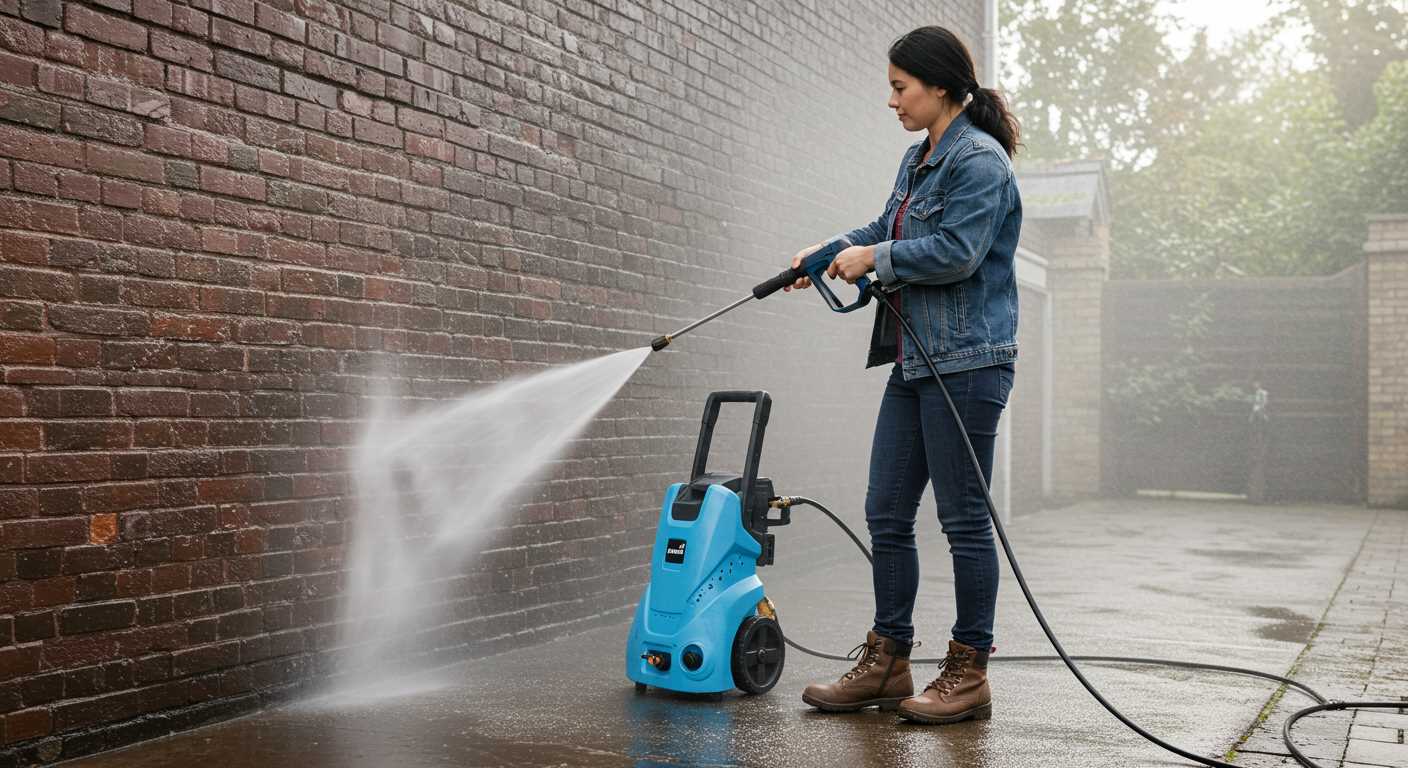

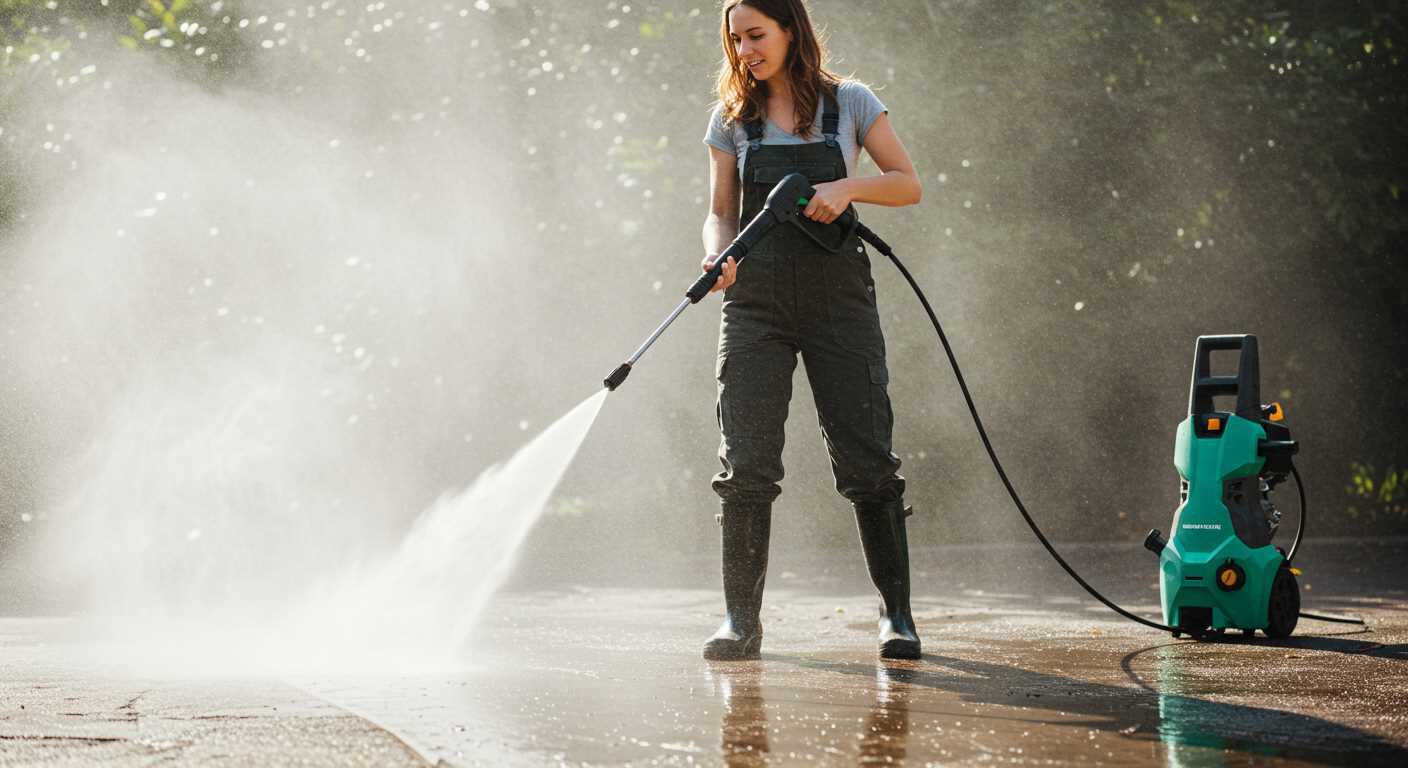
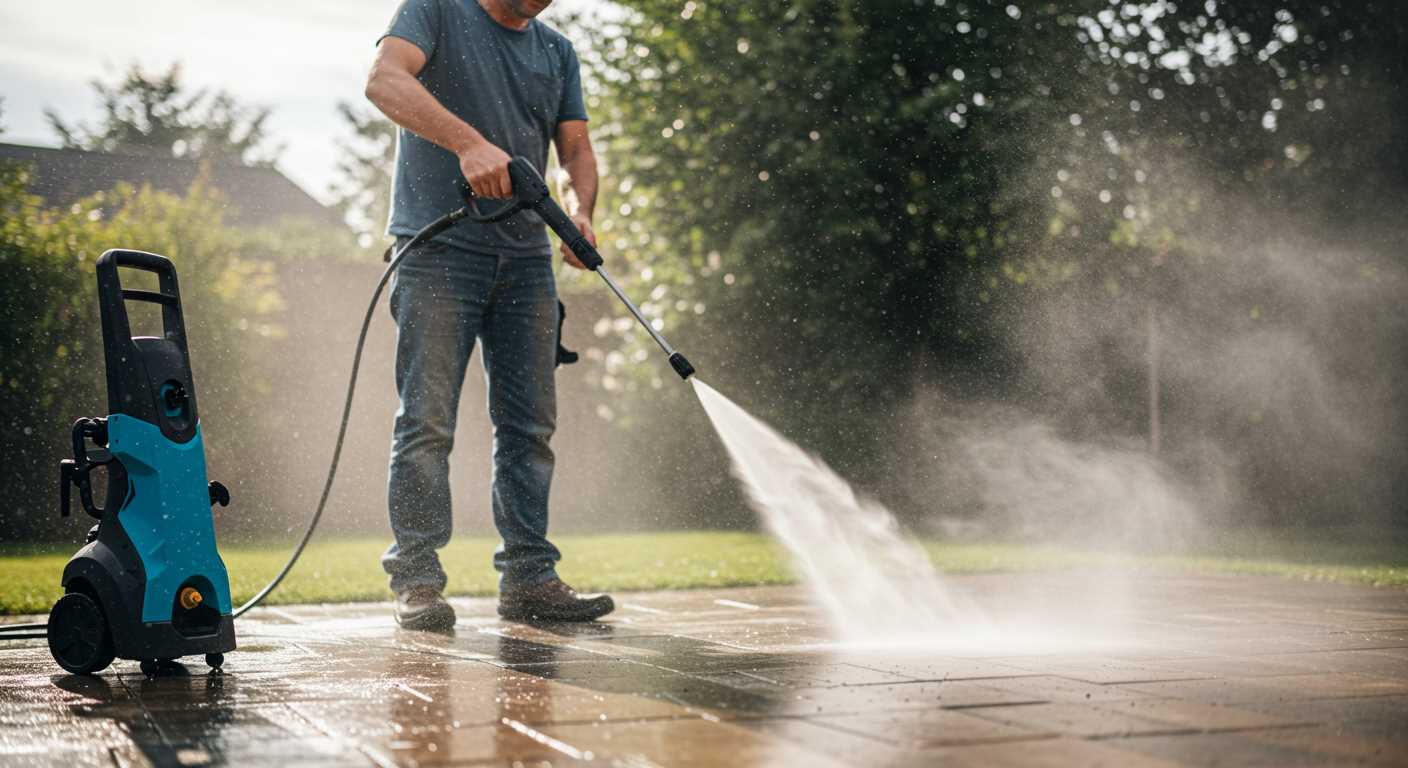
.jpg)


